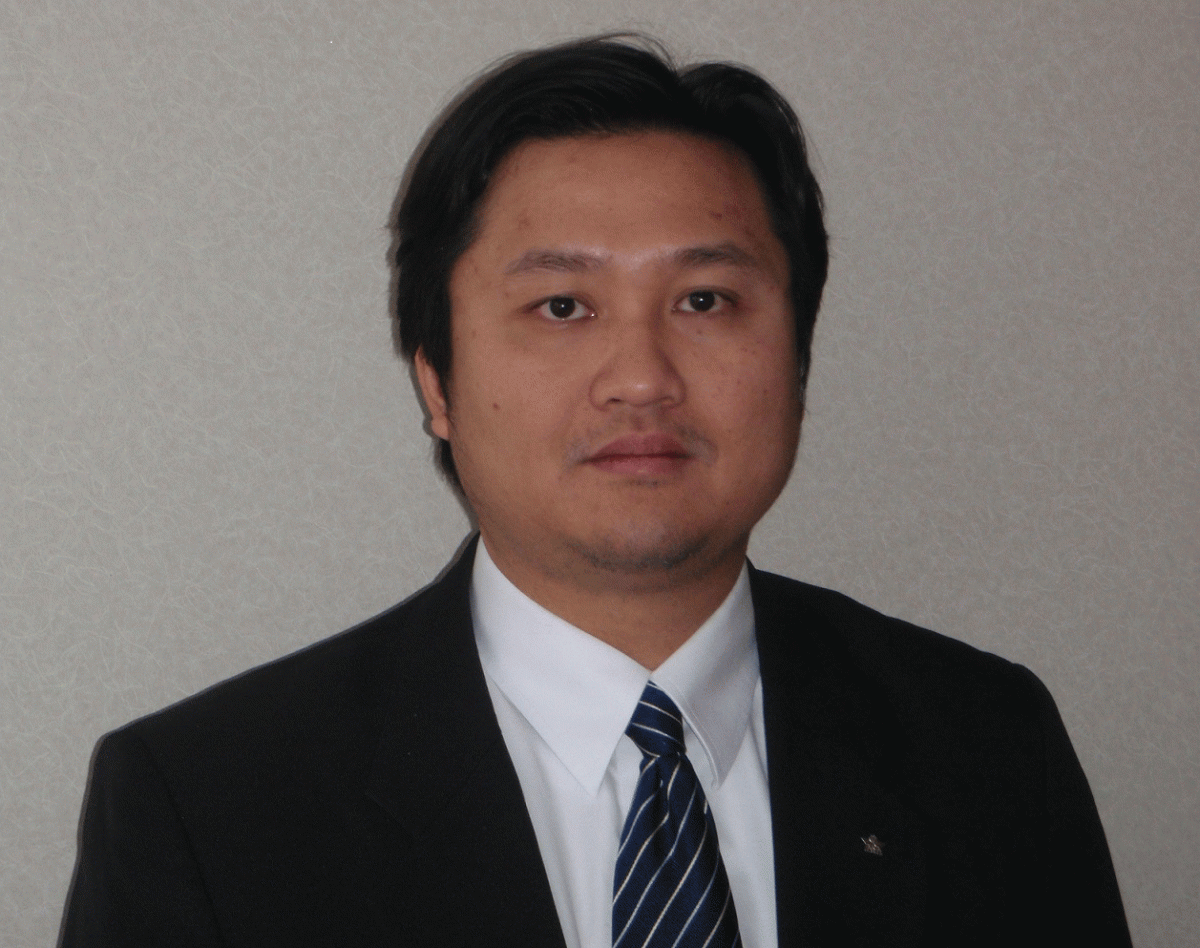 Noppadol Pringvanich, International Air Transport Association (IATA)
Noppadol Pringvanich, International Air Transport Association (IATA)
Head of Air Traffic Management Engineering and Aviation Frequency Spectrum
Expectations from Airspace User Community and the Challenges towards a “Safe and Efficient” Non-Segregated Airspace
ABSTRACT
A safe and efficient integration of Remoted Piloted Aircraft System (RPAS) and Unmanned Aerial System (UAS) into a non-segregated airspace is an end goal and a challenge within itself. While the concept of non-segregated airspace is noble and the continuing growth of the RPAS and UAS industries should be accommodated, there are some concerns and expectations from traditional airspace user community, including airlines, to the RPAS/UAS/UTM community. These expectations and concerns post welcoming challenges to the RPAS/UAS operators, UTM developers and researchers and invite them to address several key topics including safety and security risks, impacts to airspace capacity efficiency and restrictions, compliance with regulatory and performance requirements associated to RPAS/UAS and the links supporting their command/control/communication functions and the need for globally harmonized standards and procedures for RPAS/UAS operations.
SPEAKER BIOGRAPHY
Since 2015, Mr. Pringvanich is the Head of Air Traffic Management Engineering and Aviation Frequency Spectrum for International Air Transport Association (IATA), Montreal. He is responsible for developing IATA’s global policy/strategy and industry positions relating to CNS/ATM technologies and aviation frequency spectrum. Mr. Pringvanich is an IATA-nominated Panel Members for ICAO technical panels, including Communication, Navigation System, Surveillance, and Frequency Spectrum Management Panels. He also served as a technical advisor to IATA panel members for various ICAO panels including, remotely-piloted aircraft, information management and instrument flight procedures panels. In 2015, Mr. Pringvanich led the IATA delegation during a successful ITU’s World Radiocommunication Conference.
Prior to IATA, from 2013 to 2015, Mr. Pringvanich was the Chief of ICAO Asia and Pacific Regional Sub-Office (RSO) in Beijing, China. In this role, he was responsible for establishing the office and managing its direction and operations. His successful contributions included establishing and executing PBN and ATFM implementation support projects for various APAC States. Mr. Pringvanich also served as the manager for the ICAO Asia-Pacific Flight Procedure Programme (FPP) in Beijing, China from 2012 to 2013.
Mr. Pringvanich started his professional career with Aeronautical Radio of Thailand, AEROTHAI. He served the organization as their Director of Procedure Design and Airspace Development and the Chief Engineer of AEROTHAI GNSS Lab, where he led and managed the development of GNSS and PBN implementations. His responsibilities included airspace and flight procedure design for en-route and terminal airspace, civil/military coordination and airspace and air traffic contingency planning for specified military and search and rescue missions/operations. In the national and international level, Mr Pringvanich was appointed as the Vice Secretary of the Thailand GNSS and PBN National Working Group. He also served in the Thai Airspace Panel – the consultative airspace authority within Thai civil and military airspace users. He was also a Co-Chair the APEC GNSS Implementation Team.
Mr Pringvanich received his M.S. and B.S. degrees in Electrical Engineering at Stanford University, USA. He is fluent in Thai and English. He has intermediate understandings in Spanish and preliminary skills in French and Chinese Mandarin.
